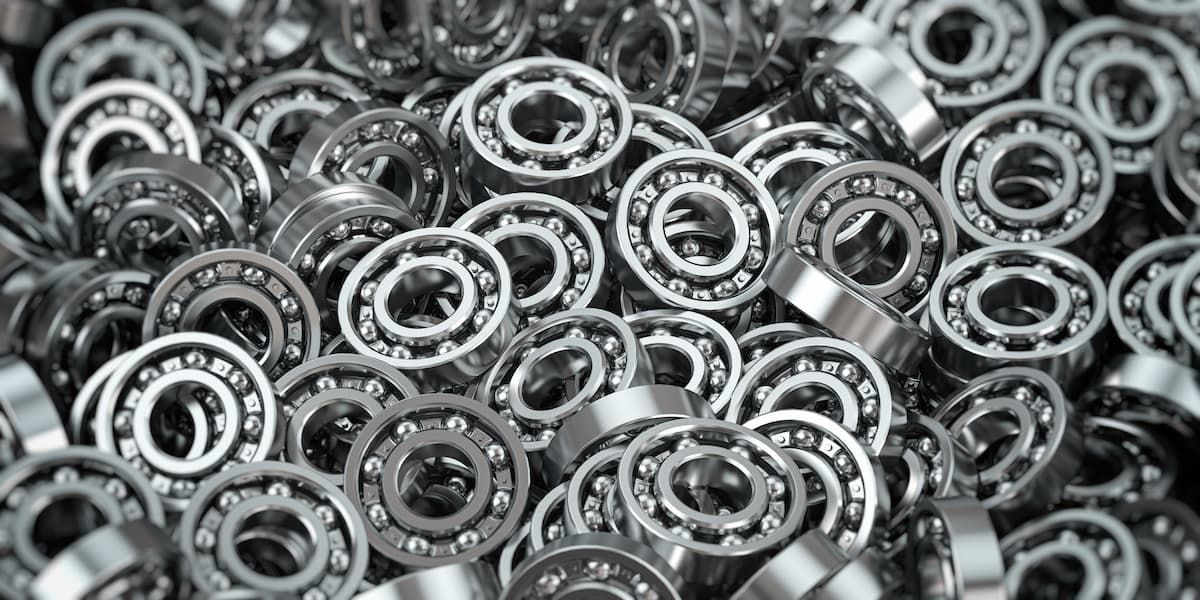
Ceramic Coatings for Tools and Special Geometries
In the field of materials engineering, ceramic coatings for tools stand out for their significance, bridging the disciplines of materials science and technological innovation.
This article delves into the composition, use, and benefits of ceramic coatings, with a focus on the specific geometries of the tools that benefit most from them.
What are Ceramic Coatings?
Also known as “ceramics”, ceramic coatings are non-metallic inorganic materials, frequently applied to metal tools. These thin layers, obtained through processes such as Physical Vapor Deposition (PVD) or Chemical Vapor Deposition (CVD), significantly enhance tool performance.
READ ALSO: Renewable Energy: Anti-Wear Coatings and Sustainable Solutions
Why Use Ceramic Coatings?
Tools coated with ceramics offer several advantages:
- Heat Resistance: Ceramics maintain their physical characteristics even at high temperatures, making them ideal in situations of intense thermal stress.
- Hardness: These coatings are extremely durable, limiting wear and extending the lifespan of tools.
- Corrosion Resistance: They provide effective protection against corrosive agents, essential in demanding environments.
Special Tool Geometries
The effectiveness of ceramic coatings is fully realized when considering the unique geometries of tools. Tools with complex shapes, such as those used in the aerospace or automotive industries, require coatings that adapt to these configurations without compromising their protective properties.
Advancements in coating technology have made it possible to cover tools with increasingly intricate shapes.
Practical Applications
In the industrial field, tools with ceramic coatings are widely used. For example, in the manufacture of jet engine components, where precision and heat resistance are crucial, these coatings are essential.
Similarly, in the production of electronic devices, where meticulous processing is required, ceramic coatings ensure greater accuracy and longevity.
READ ALSO: Ceramic Materials: Everything You Need to Know About Benefits and Applications
Challenges and Future Developments
Despite numerous benefits, ceramic coating technology faces several challenges, including the need for more efficient application methods for intricate geometries and the search for even more resistant and versatile materials. Future developments could include the use of nanotechnology to create even thinner and stronger coatings.
In conclusion, ceramic coatings for tools are a constantly evolving sector, vital for multiple industrial fields. Their ability to adapt to complex geometries and offer outstanding performance makes them an indispensable element in contemporary materials engineering.
Choose Paganoni, with its vast experience in the field, has been dealing with ceramic coatings for special geometries for years.


